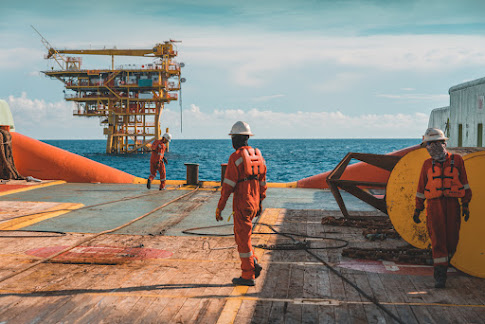Covid-19 :Telemedicine and Seafarers Health
Coronavirus
is a member of a large virus family that causes pulmonary pathologies ranging
from the common cold to severe respiratory syndromes like the Middle East
respiratory syndrome (MERS) and severe acute respiratory syndrome (SARS)
(SARS). SARS-CoV-2, also known as the novel coronavirus, was discovered in
Wuhan, China. There were 5,934,936 cases reported worldwide until May 31, 2020,
with 367,166 deaths. Despite the apparent decrease in COVID-19 cases, the lack
of a treatment or vaccine for this deadly and highly transmissible virus means
that this medical emergency remains a global concern. COVID-19 is far more
difficult to treat on board a ship than it is ashore. Ships at sea are an
example of isolated communities, and the fact that most cargo ships do not have
doctors or properly trained paramedics makes intervention more difficult.
For
seafarers, the COVID-19 pandemic is a serious issue. From the perspective of an
organization, seafarers have significant difficulties joining and leaving their
ships in ports (approximately 100,000 seafarers arrive in ports each month) taken
part in crew changes). The prohibition, or at the very least the postponement,
in order to be allowed to return home, the tours of duty must be extended duty,
with the resulting fatigue caused by the increased workload. Due to increased
workload, isolation, and social pressures, seafarers are experiencing increased
workload, isolation, and social pressures. All of this adds to the distress of
seafarers, from forced separation from their families. The pandemic has a
direct impact as well a negative impact on the health of seafarers.
Providing
yacht medical care on ships that do not have a doctor on board
has always been a difficult task. Since the State of New York (USA) issued the
first license for a radio medical service for seafarers on November 18, 1920,
several radio medical services have been operational, beginning with radio
signals and Morse code and progressing through telephones to full-fledged
telemedicine solutions. In addition to the challenges that telemedicine users
and providers face on land, there are several that must be overcome at sea.
There are numerous technological limitations and organizational challenges, but
there are also significant medical challenges. Telemedicine
currently provides the best option for providing medical assistance to ships
without a doctor on board, though it does have drawbacks.
Since
the COVID-19 pandemic, the maritime medical industry has been
hammered, with seafarer health bearing the brunt of the damage. However, the
industry can continue to move forward safely with the use of technology, such
as telemedicine kits that provide a virtual walk-in clinic onboard, as well as
proper planning and communication.
For info, visit ANP Pharma




Comments
Post a Comment